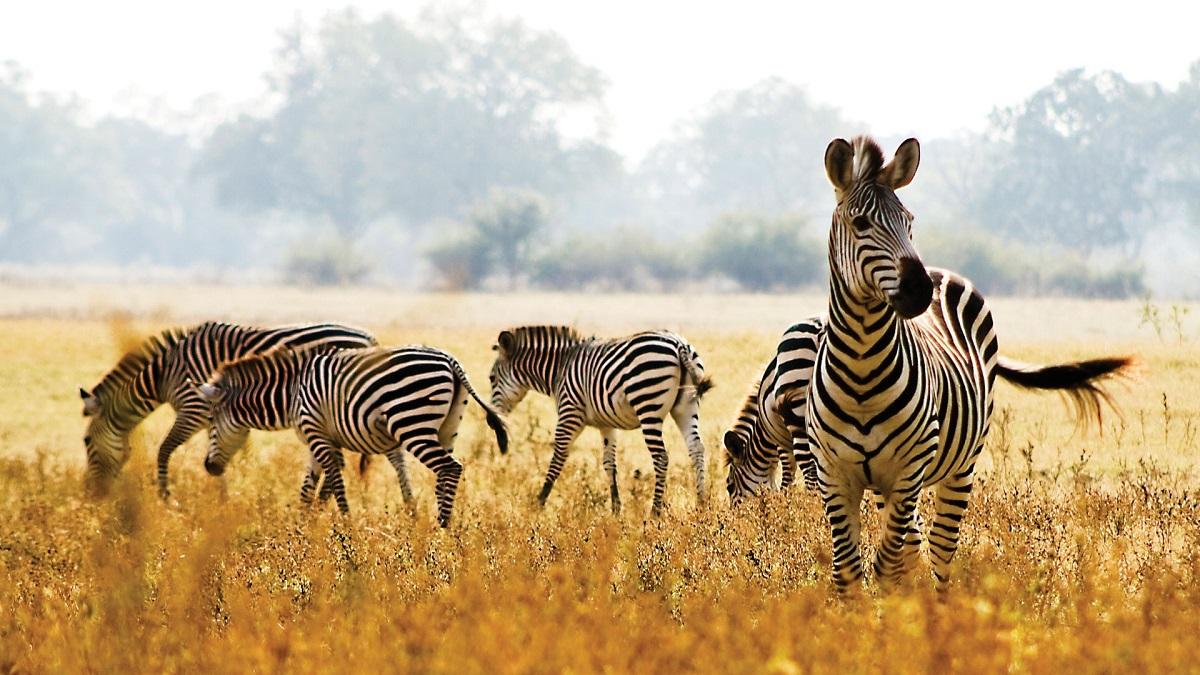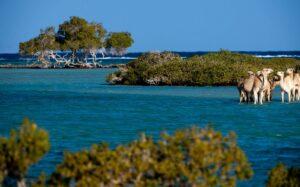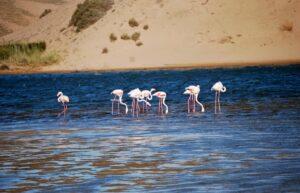Liuwa Plain National Park is located in the remote western region of Zambia. It is a pristine and lesser-known safari destination that offers a truly unique wilderness experience. Spanning over 3,660 square kilometers, this vast, flat landscape is characterized by its sweeping grasslands, seasonal floodplains, and sparse woodlands.
The park is most famous for its annual wildebeest migration, the second-largest of its kind in Africa, as well as its rich birdlife and remarkable sense of isolation. Established as a game reserve in the early 20th century and later designated as a national park, Liuwa Plain remains one of Africa’s most untouched and undisturbed ecosystems.
This guide will provide an in-depth look at what makes Liuwa Plain National Park so special, from its abundant wildlife to the best times to visit and practical travel tips.
Please Download Our Mobile App here.
Overview of Liuwa Plain National Park
Liuwa Plain National Park is one of Zambia’s most remote and least-visited national parks, making it a paradise for those seeking an off-the-beaten-path safari experience. The park’s vast open plains, dotted with scattered trees and waterholes, create a unique and striking landscape that supports a diverse array of wildlife.
The park is located in the Barotse Floodplain, part of the larger Zambezi River basin, and experiences seasonal flooding that transforms the area into a lush wetland teeming with life. The park’s history is deeply intertwined with the local Lozi people, who have lived in the region for centuries.
Traditionally, the Lozi have played a key role in the conservation of Liuwa’s wildlife, with a focus on sustainable use and community-based management. This partnership between the park and local communities continues today, making Liuwa Plain a model for conservation and community engagement.
Liuwa Plain is managed by African Parks, a non-profit organization that has been instrumental in restoring the park’s ecosystems and protecting its wildlife. The park is home to a variety of large mammals, including wildebeest, zebras, lions, hyenas, and wild dogs, as well as numerous bird species. Despite its relative obscurity, Liuwa Plain offers some of the most rewarding wildlife experiences in Africa, particularly for those who appreciate solitude and unspoiled nature.
Wildlife in Liuwa Plain National Park
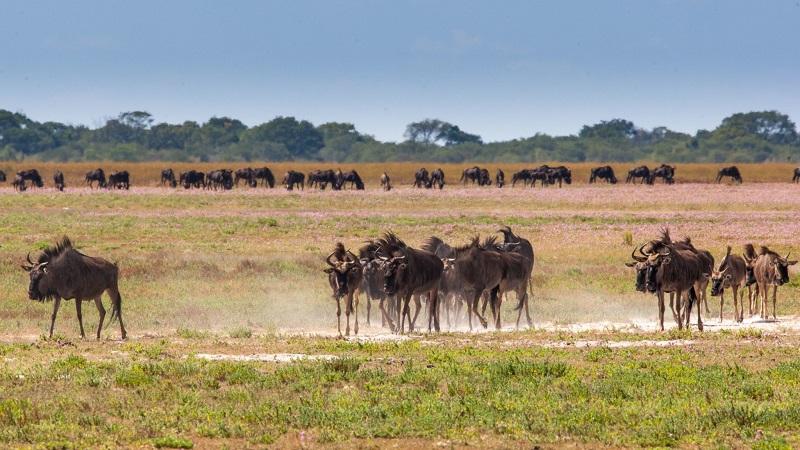
Liuwa Plain National Park is best known for its incredible wildebeest migration, which is the park’s most iconic wildlife spectacle. Each year, tens of thousands of wildebeest move across the plains in search of fresh grazing, followed closely by zebras, antelopes, and predators. This migration, though smaller in scale than the famous Serengeti migration, is equally impressive and offers a more intimate and uncrowded viewing experience.
The park is also home to a notable population of lions, including the famous lioness Lady Liuwa, who was the last surviving lion in the park for many years. Thanks to conservation efforts, the lion population has slowly been rebuilt, and today, visitors have the chance to see these magnificent predators in their natural habitat.
In addition to lions, Liuwa Plain supports a healthy population of hyenas, which are the dominant carnivores in the park. The hyenas here are known for their large clans and are often seen hunting in the open plains. Another highlight of Liuwa Plain is its population of African wild dogs, one of the continent’s most endangered carnivores.
These highly social and endangered animals are often seen in the park, where they roam the vast plains in search of prey. The park’s diverse habitats also support a variety of antelope species, including the red lechwe, tsessebe, and oribi, as well as smaller mammals such as jackals and servals.
Birdwatchers will find Liuwa Plain to be a true paradise, with over 330 bird species recorded in the park. The seasonal wetlands attract large flocks of waterbirds, including pelicans, storks, and cranes, while the open grasslands are home to a variety of raptors, including the martial eagle and the African fish eagle. The park is also one of the best places in Zambia to see the rare and endangered wattled crane, which breeds in the floodplains during the wet season.
The Best Time to Visit Liuwa Plain National Park
The best time to visit Liuwa Plain National Park depends largely on what you hope to experience. The park is a seasonal destination, with distinct wet and dry periods that influence the movement of wildlife and the overall safari experience. The dry season, from June to October, is generally considered the best time for game viewing.
During this period, the park’s vegetation is sparse, making it easier to spot wildlife. The wildebeest migration typically begins in October, as the herds start moving from the southern part of the park to the northern plains in search of fresh grazing. This is also the time when predators such as lions and hyenas are most active, following the herds and taking advantage of the abundance of prey.
As the rains begin in November, the park transforms into a lush, green landscape, and the migration reaches its peak. The wet season, from November to April, brings life to the park’s floodplains, attracting large flocks of birds and creating a stunning backdrop for photography. While the wet season offers incredible birdwatching opportunities and the chance to see the park at its most vibrant, it can also make travel within the park more challenging due to flooding and muddy roads.
Getting to Liuwa Plain National Park
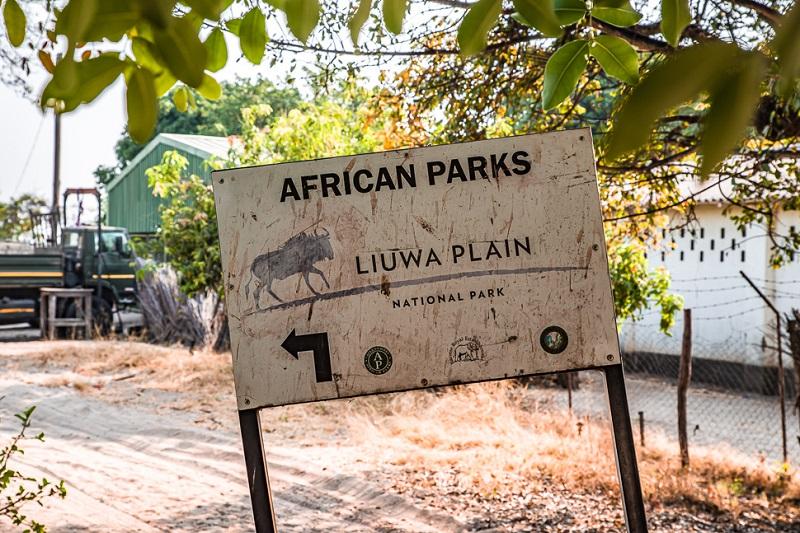
Reaching Liuwa Plain National Park requires careful planning due to its remote location. The park is located almost 600 kilometers from Lusaka, the capital of Zambia, and the journey can take up to two days by road. The most common route is to drive from Lusaka to Mongu, the nearest major town to the park, which takes about 8 to 10 hours. From Mongu, it’s another 2 to 4-hour drive to Kalabo, the gateway to Liuwa Plain.
The final leg of the journey involves crossing the Zambezi River on a pontoon and then driving through the park’s floodplains to reach the central areas. Due to the challenging terrain and the park’s remoteness, a 4×4 vehicle is essential, and it’s advisable to travel with an experienced guide or as part of an organized safari.
For those who prefer a quicker and more comfortable journey, charter flights are available from Lusaka to Kalabo. These flights offer a convenient and scenic way to reach the park, with stunning aerial views of the Zambezi River and the vast plains of Liuwa.
Other Activities in Liuwa Plain National Park
In addition to traditional game drives, Liuwa Plain National Park offers a range of activities that allow visitors to fully immerse themselves in the park’s unique environment. One of the most popular activities is birdwatching, as the park’s wetlands and grasslands are home to a diverse array of bird species. Whether you’re an experienced birder or a casual observer, Liuwa Plain offers the chance to see some of Africa’s most impressive and rare birds in their natural habitat.
Walking safaris are another highlight of a visit to Liuwa Plain, providing an opportunity to explore the park on foot and experience its wilderness up close. Accompanied by a knowledgeable guide, visitors can learn about the park’s ecosystems, track wildlife, and discover the smaller details of the landscape that are often missed on game drives. For those interested in culture, a visit to the nearby Lozi villages offers a glimpse into the traditional way of life of the local communities.
These visits provide insights into the relationship between the Lozi people and the park, as well as the challenges and opportunities of living in such a remote and wildlife-rich area. Fishing is also popular in the Barotse Floodplain, particularly during the wet season when the rivers are full. Visitors can try their hand at catching bream, tigerfish, and other species, either from the shore or on a boat.
Park Fees for Liuwa Plain National Park
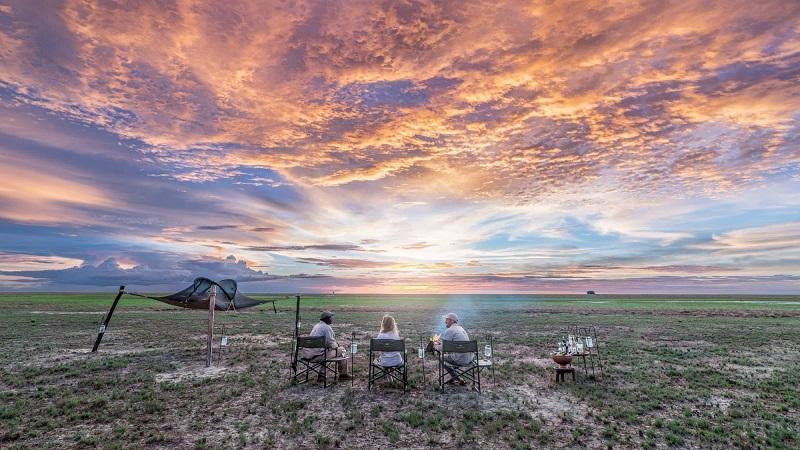
As of 2024, the entrance fees for Liuwa Plain National Park are as follows:
- International Visitors: $25 per person per day
- Zambian Citizens and Residents: $15 per person per day
These fees support the park’s conservation efforts and help maintain its infrastructure. Additional costs may apply for guided tours, camping, and other activities within the park. It is advisable to check with local authorities or tour operators for the most up-to-date information on fees and booking procedures.
FAQs: Touring Liuwa Plain National Park
Do I Need a Car to Tour the Park?
Yes, a 4×4 vehicle is necessary for touring Liuwa Plain National Park due to its remote location and challenging terrain. The park’s roads can be difficult to navigate, especially during the wet season, so it is recommended to explore the park with an experienced guide or tour operator.
Are Unguided Walks Allowed in the Park?
Unguided walks are not allowed in Liuwa Plain National Park. Due to the presence of dangerous wildlife and the park’s vast, open landscapes, all walking safaris must be conducted with a trained guide to ensure safety.
How Much is a Game Drive in the Park?
Game drives in Liuwa Plain National Park typically cost between $50 and $150 per person, depending on the duration and services included. These costs usually cover the use of a 4×4 vehicle, a professional guide
Conclusion
Liuwa Plain National Park offers a unique and rewarding safari experience in one of Africa’s most remote and untouched wildernesses. With its dramatic landscapes, incredible wildlife, and rich birdlife, it is a perfect destination for those seeking solitude and an authentic adventure.
